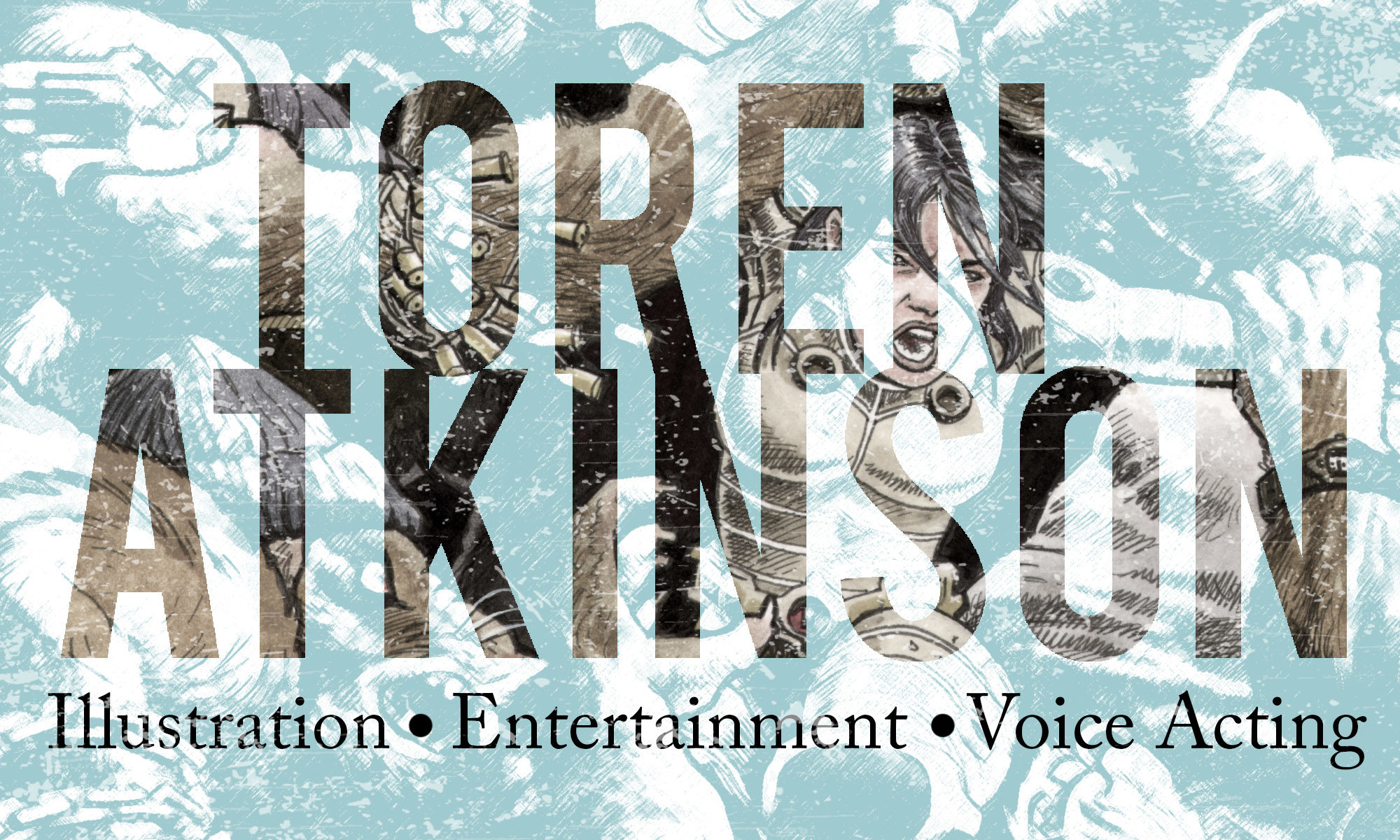1928 THE GREAT DEPRESSION The beginning of the Great Depression in the United States is associated with the stock market crash on October 29, 1929, known as Black Tuesday. This was obviously a desperate time, when the everyman felt powerless, and the escapist heroes of the era would reflect that, and how.

1929 POPEYE first appeared in the daily King Features comic strip Thimble Theatre on January 17. Popeye is depicted as having superhuman strength, though the nature of his strength changes depending on which medium he is represented in. Originally, the comic-strip Popeye revealed that he had gained his strength by rubbing the head of the rare Whiffle Hen. He later said he was strong because he ate spinach.

1929 TINTIN IN THE LAND OF THE SOVIETS was published for the first time in the children’s supplement to the Belgian newspaper Le Vingtième Siècle and appeared in album form in 1930. The story is a political satire, expressing the creator’s (Hergé) distrust of the Soviet Union and poking fun at its claim to have a thriving economy.

1930 GLADIATOR is an American science fiction novel written by Philip Wylie. In it, a scientist creates a super-serum to improve mankind, granting the proportionate strength of an ant and the leaping ability of the grasshopper. He injects his pregnant wife with the serum and his son, Hugo Danner, is born with superhuman strength, speed, and bulletproof skin. Hugo spends much of the novel hiding his powers, rarely getting a chance to openly use them. The precursor and inspiration for Superman.

1931 DICK TRACY, the hard-hitting, fast-shooting, and brilliant police detective was created by cartoonist Chester Gould, and distributed by the Chicago Tribune Syndicate. Gould introduced a raw violence to comic strips, reflecting the violence of 1930s Chicago, and also did his best to keep up with the latest in crime fighting techniques. Tracy uses forensic science, advanced gadgetry and plain hard thinking to track down and catch the often grotesquely ugly villain, who are arguably the strongest appeal. It has been suggested that this comic strip was the first example of the police procedural mystery story. Tracy’s world is decidedly black and white where the bad guys are sometimes so evil that their very flesh is deformed to announce their sins to the world.

1931 THE SHADOW was a ruthless anti-hero in the noir vein, a man clad in black, working at night, who used a ‘fight fire with fire’ philosophy in fighting crime — burglarizing in the name of justice, and terrifying criminals into vulnerability before he gunned them down. The Shadow’s creation was practically an accident. In 1930, “The Shadow” was the name given to the narrator of the Detective Stories radio show whose plots were drawn from the pulp magazine of the same name. The magazine (not a comic book) was published by Street and Smith, and the company aimed the radio program at boosting the magazine’s circulation. However, listeners found the announcer more compelling than the stories and began asking newsstands for copies of The Shadow Magazine, which did not exist. Responding appropriately to the unexpected demand, S&S commissioned Walter B. Gibson to begin writing stories of The Shadow. Gibson wrote a reported 282 out of 325 Shadow books over twenty years: a novel-length story twice a month (1st and 15th).

1933 Another pulp magazine hero, DOC SAVAGE (aka Clark Savage, Jr) was a physician, scientist, adventurer, inventor and musician. A team of scientists assembled by his father trained his mind and body to near-superhuman abilities almost from birth, giving him great strength and endurance, a photographic memory, mastery of the martial arts, and vast knowledge of the sciences. He “rights wrongs and punishes evildoers.” The novel writer, Lester Dent, described the hero as a mix of Sherlock Holmes’ deductive abilities, Tarzan’s outstanding physical abilities, Craig Kennedy’s scientific education, and Abraham Lincoln’s goodness.

1934 FLASH GORDON is the hero of a science fiction comic strip originally drawn by Alex Raymond, created to compete with the already established Buck Rogers strip.

1936 THE PHANTOM series began with a daily newspaper strip. While the Phantom is not the first fictional costumed crimefighter, he is the first to wear the skintight costume that has become a hallmark of comic-book superheroes, and the first to wear a mask with no visible pupils, another superhero standard. Inspired by the creator’s lifelong fascination with such myths and legends as El Cid and King Arthur, as well as Zorro, Tarzan, and The Jungle Book’s Mowgli, Lee Falk originally envisioned the Phantom’s alias as rich playboy Jimmy Wells, fighting crime by night as the mysterious Phantom, but partway through his first story, “The Singh Brotherhood”, he moved the Phantom to the jungle.

1937 DC Comics was founded as National Allied Publications in 1934 by Malcolm Wheeler-Nicholson. The initials “DC” were originally an abbreviation for the company’s popular title Detective Comics, and later became the official name.

1937 PRINCE VALIANT comic strip began in full color tabloid sections. I include it here only to show how advanced comic book art had already come by this time.



Will you stop talking about cool stuff that I now want to buy on ebay?????
You buy, I’ll borrow.